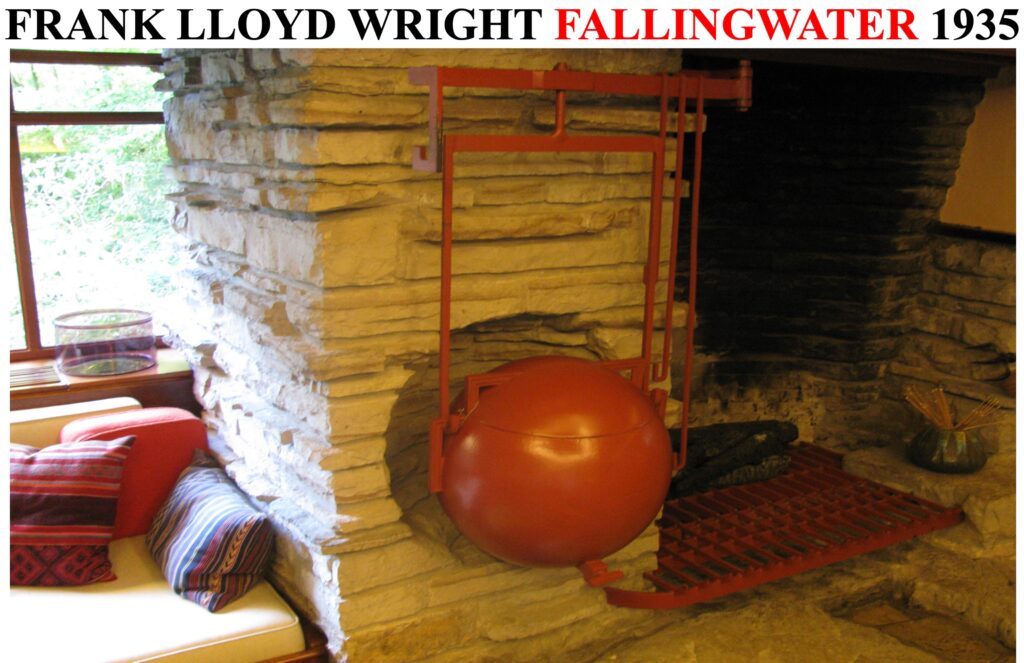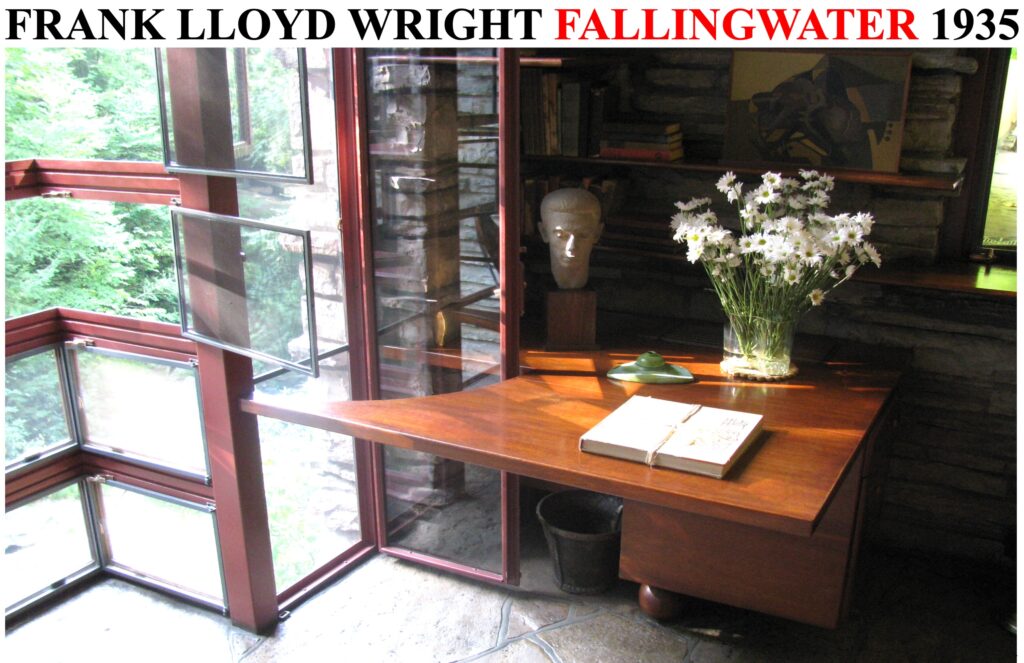Everything inspires me; sometimes I think I see things others don’t.
~ Norman Foster
Interior Design Inspiration
mills studio and the Owners looked to whole projects and environments to individual furniture pieces and products to material combinations and single materials to artworks and artist installations to fabrication processes to inspire the DTS Project House’s interior design considerations, inform interior design strategies, and inspire the DTS Project House interior design implementation. Inspiration comes from both studying and evaluating well known designs and intentional and accidental exposure to unknown designs. Equal inspiration comes from singular objects created by artists or designers and mass-produced objects created by industry.
Classic Eames and Nelson designs for Herman Miller and Saarinen and Breuer designs for Knoll, as well as current European furniture manufacturers like Minotti and Roche Bobois, and more consumer-oriented lines like Ikea and the Container Store all equally inspire the DTS interior aesthetic and specific design decisions. Custom furniture designs and use of specific materials are inspired by seemingly unrelated sources such as custom felt benches at the Clyfford Still Museum and Los Angeles County Museum of Art. The crafted organic furniture of Isamu Noguchi and George Nakashima provide an inspirational counterpoint.
The wood is our muse and palette; its shapes and colors speak to those who listen.
~ Mira NakoshimaAlong with timeless classic designs, mills studio and the Owners looked at more idiosyncratic designs by Carlos Scarpa, Gio Ponti, and Le Corbusier for the Italian furniture maker Cassina and Jean Prouve, Alexander Gerard, and Sori Yanagi offerings from Vitra. Phillipe Stark, Antonio Citterio, Mario Bellini, Piero Lissoni, Isay Weinfeld, Vincent Van Duysen, Marcio Kogan, and Yves Behar are representative of contemporary designers that provide inspiration in diverse design fields from buildings to interiors to furniture to fixtures to products to accessories to graphics to film.
Significant projects and environments created by architects and designers are evaluated for how the “interior design” integrates the architecture – how it works against or reinforces the architectural intent. Often, the most instructive takeaway is what elements the architect or designer excludes as well as includes. Interior design is as much about editing and curating as it is about the design of what is included. So called harmonious and discordant environments are equally informative.
mills studio and the Owners are interested in seeing how consequential architects and designers with differing agendas incorporate similar objects, materials, and treatments, and how their design decisions and treatments do or do not reinforce their architectural and design agendas. It is also of interest to see how architects and designers incorporate their own designed furniture pieces and objects both when and not when designed for a specific project.
mills studio and the Owners looked at individual furniture pieces designed for a specific project and pieces designed for mass production to see how context or lack of context affects an objects design and aesthetic. It is instructive to see what these pieces have in common since it is not an architectural context. This evaluation helps determine what is universal and what is particular about each furniture type’s design. Architect’s and designer’s own houses, offices, or environments are of prime importance to evaluate as we can see how interior design unfettered by any third-party concerns contributes to the architectural experience.
Commercial interiors like those of Apple Stores, Tesla and EV Car Showrooms, and Dyson Demo Stores serve as sources of inspiration for how interiors can reinforce a larger intent. Projects and interior designs created to “sell” the idea of technology integrated into daily life are of particular interest because they express very directly how various attitudes toward technology can express themselves in architecture and design.
Commercial environments also inspire sustainable executions because they have to solve issues of durability and public use. Museums provide instructive examples of achieving functional and sustainable results with aesthetic means. Of particular interest are Museum Cafes that elevate the dining experience with artistic intentions. Inspiration also comes from industrial and fabrication processes which point to possibilities but not specific designs or aesthetics.
Specific design and construction details inspire not just specific treatments but general design attitudes and considerations. Details serve as reminders that interiors can both reinforce universal intentions and adjust for the circumstantial. The universal is made known by the intrusion of the particular and exceptions require the ubiquitous.

One basic question that Interior Design must answer: what is built-in and what is freestanding. Which elements are wholly determined by the architect, are permanent, and unchanging, and which elements are adjustable, movable, and changeable to meet the needs and preferences of Owners? mills studio and the Owners looked at projects and environments that express differing attitudes toward built-in and freestanding furniture to help establish how the architecture and interior design can establish structure and an aesthetic framework that allows and promotes improvisation and flexibility.
Frank Lloyd Wright’s interiors and John Lautner’s Sheets Goldstein House are among the visited examples of total architecture with built-in furniture dominant, and Mies van der Rohe’s Farnsworth House, Pierre Koenig’s Stahl House, and the Eames’ Case Study House 8 are among the visited examples of freestanding furniture revolving around a fixed core or floating within space.
Structuring a furniture ensemble is much more than a response to functional imperatives. Just as Louis Kahn was able to elevate his floor plans to a “society of rooms”, the furniture plan must strive to organize individuals into a community and provide for structured individualism.
mills studio and the Owners looked at how architects use furniture plans and furniture arrangements to create differing physical and metaphorical connections among individuals within rooms, among rooms within the house, and among the family and the larger community.
These connections are not established by using built-in or freestanding furniture but rather in how they are configured. John Lautner and Frank Lloyd Wright both favor built-in furniture but Wright typically places his built-ins at the perimeter with an inward focus, such as at Fallingwater and Taliesin West, and Lautner’s built-ins are more typically centrally located with an outward focus toward the larger community, such as at the Sheets-Goldstein House.
Don’t ask me about this building or that one, don’t look at what I do. See what I saw.
~ Luis Barragan

